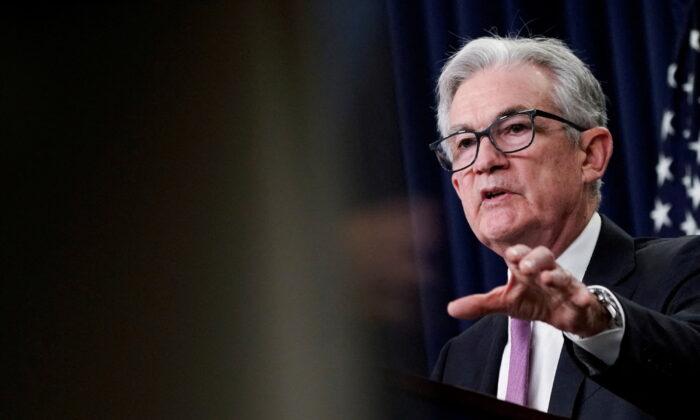The latest readings on U.S. gross domestic product for the second quarter, saw the American economy contract at a slightly slower pace than was previously reported, but the data shows that it still remains in a technical recession.
An increase in interest rates caused by 41-year high inflation, curtailed U.S. consumer spending growth in the first half of 2022.
The economy had already shrunk by 1.6 percent in the first quarter, the worst GDP figures since the height of the pandemic in the spring of 2020.
The positive changes in the revised report appear to have stemmed from new data on consumer spending, which was revised higher from 0.70 to 0.99 percent.
Consumer spending, which accounts for two-thirds of GDP, was followed by an increase in exports such as industrial supplies and materials, travel, and food services.
GDP saw declines in inventory investment, housing investment, federal government spending, and state and local government spending for the second quarter.
Two-Quarters of Negative Growth
According to the National Bureau of Economic Research (NBER), a semi-official nonprofit that tracks economic downturns, a recession is technically defined by two consecutive quarters of negative economic growth, led by high unemployment, poor GDP growth, declining personal income, and slow retail sales.Two-quarters of negative growth technically places the U.S. economy into the definition of a recession due to a “significant decline in economic activity that is spread across the economy and that lasts more than a few months,” according to the NBER.
However, unemployment and consumer spending, which are the two primary benchmarks used by the NBER to define whether the economy is in a recession, remained strong in the first half of the year.
Meanwhile, the Federal Reserve is expected to raise the interest rates at its next meeting in September, while it assesses how quickly it can raise interest rates in order to tame inflation without crushing economic growth.
Central bank policymakers raised the benchmark interest rate by 75 basis points respectively, in June and in July, the largest hikes since 1994.
Recession Debate
Fed Chairman Jerome Powell, who is scheduled to speak at the Jackson Hole conference on Aug. 26, to discuss future Fed rate policies, told reporters last month that he still did not believe that the U.S. economy was in a recession.A survey from the NABE shows that 72 percent of economists expect an economic recession by the middle of next year, or think the economy is already in one.
About 20 percent of those same respondents said they believe the economy is already in a recession, while another 20 percent are not expecting one before the second half of 2023.
“Survey results reflect many split opinions among the panelists,” NABE President David Altig said in a statement.
“This by itself suggests there is less clarity than usual about the outlook.”
Many economists have been increasingly critical over the performance of the Fed chair, with complaints about his efforts to fight inflation, or for his previous failures at assessing economic data.
The latest GDP report will add a further political headache for the Biden administration, which has received scathing criticism for its handling of the faltering economy, which could put further pressure on Powell to take a more hawkish tone.





